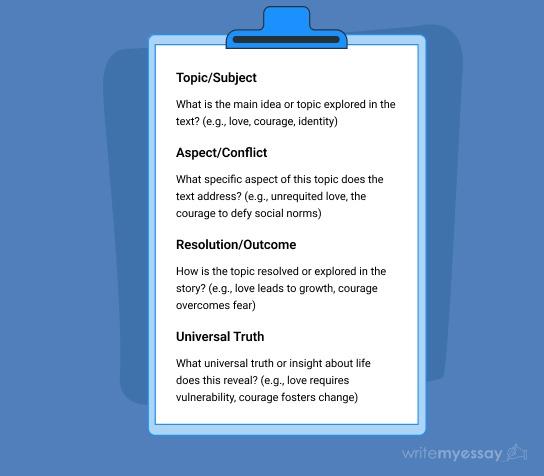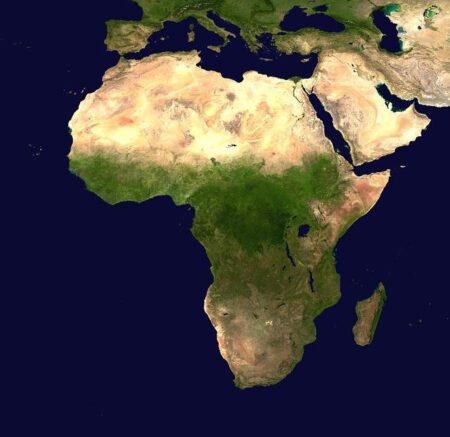Escalating Violence in the Mineral-Rich Southeast of the Democratic Republic of Congo
The southeastern territories of the Democratic Republic of Congo (DRC), renowned for their vast mineral deposits, have recently experienced a significant surge in armed conflict. Rebel factions are aggressively advancing toward Kolwezi, a city pivotal due to its abundant mineral resources. This renewed outbreak of violence severely undermines ongoing efforts to stabilize a region long plagued by political instability and exploitation. Reports from locals reveal fierce confrontations and an alarming rise in civilian casualties, prompting urgent calls for intensified international humanitarian aid and diplomatic intervention. The following analysis provides an updated perspective on the conflict’s development and its wider implications.
Rebel Incursions Amplify Humanitarian Crisis and Security Challenges
The recent rebel offensives throughout eastern DRC have deeply unsettled key urban centers such as Goma, where clashes between armed groups have escalated sharply. Civilians find themselves increasingly caught in crossfire amid street battles, exacerbating an already dire humanitarian situation. Each day sees thousands fleeing their homes, often seeking refuge in overcrowded camps or neighboring villages ill-equipped to support them.
This intensification has triggered several critical consequences:
- Rising Death Toll: Official sources report a marked increase in fatalities linked directly to combat activities.
- Massive Displacement: Over 30,000 inhabitants abandoned Goma within one week as insecurity deepened.
- Restricted Humanitarian Access: Aid agencies face mounting difficulties delivering assistance due to persistent violence and roadblocks.
Local authorities have convened emergency meetings aimed at coordinating responses; however, skepticism remains high about diplomatic resolutions given decades-long cycles of unrest. Analysts caution that without decisive international engagement, instability risks spreading further-threatening not only local populations but also regional security across Central Africa.
The Role of Mineral Wealth in Perpetuating Conflict
The ongoing turmoil vividly illustrates how competition over valuable natural resources perpetuates prolonged instability within the DRC. Armed groups relentlessly vie for control over lucrative minerals such as cobalt-a vital element for electric vehicle batteries-as well as gold and coltan used extensively across global electronics industries. This fierce contest inflames factional rivalries while forcing civilians into displacement zones caught between warring parties.
The repercussions extend beyond national borders: neighboring countries grapple with spillover conflicts that strain diplomatic ties throughout Central Africa’s interconnected geopolitical landscape.
This crisis manifests through severe humanitarian hardships including food insecurity, limited healthcare availability, and deteriorating living conditions among internally displaced persons (IDPs). Many IDPs lack access to essential services like education or medical treatment due to overwhelmed infrastructure amid ongoing hostilities.
The table below highlights key statistics from affected provinces based on recent UN data (2024):
| Province | Affected Population | % Accessing Healthcare | IDP Ratio (Displaced per Resident) |
|---|---|---|---|
| North Kivu | Approximately 2 million | 58% | 1:3 |
| South Kivu | Around 1.6 million | 52% | 1:4 |
| Irumu District (Ituri Province) | Nearing 950,000 < td >42%< td >1:5 |
Paving the Way Toward Lasting Peace: Diplomacy Coupled with Development Efforts┬Ā┬Ā
An effective resolution requires comprehensive strategies tailored specifically to eastern DRC’s complex realities.
Central priorities include fostering inclusive negotiations involving government representatives alongside rebel leaders under neutral mediation by regional organizations such as the African Union combined with support from global entities like the United Nations.
Equally crucial is amplifying grassroots participation by integrating voices from communities directly impacted by conflict into peacebuilding processes-thereby enhancing legitimacy while addressing core grievances more effectively.
Sustainable peace depends on tackling root causes driving unrest:
- Diversifying economic opportunities beyond mining-for instance promoting agriculture initiatives or small-scale entrepreneurship-to reduce poverty-induced recruitment into armed factions;
- Cultivating transparent governance frameworks capable of managing resource revenues responsibly while ensuring delivery of essential public services;
- Pursuing collaborative cross-border security arrangements with neighboring states aimed at curbing insurgent movements operating transnationally;
An independent monitoring mechanism tracking human rights violations alongside progress toward implementing peace accords could serve both as deterrence against abuses and confidence-building among stakeholders.
Outlined below are strategic approaches along with principal actors involved:
| Strategy | Objective | Key Participants < / tr > < /thead > |
|---|---|---|
A Pivotal Moment Amid Persistent Turmoil┬Ā┬Ā
The current developments within this resource-abundant region underscore how localized power struggles intertwine with broader geopolitical stakes worldwide.The rebels’ push into critical urban areas raises serious concerns regarding civilian safety amidst escalating hostilities.
The global community must sustain vigilant oversight paired with proactive assistance targeting vulnerable populations trapped amid these conflicts.
Considering that minerals extracted here feed vital supply chains-from smartphones to electric vehicles-the implications transcend national boundaries making peaceful resolution imperative not only locally but globally alike.
Ongoing dedication toward open dialogue combined with integrated development programs offers hope that this cycle can be broken after decades marked largely by strife fueled by contested resource control.
Stay informed through our continuous coverage providing detailed insights into this evolving crisis impacting millions across Central Africa.







